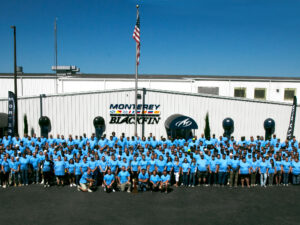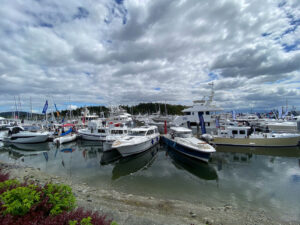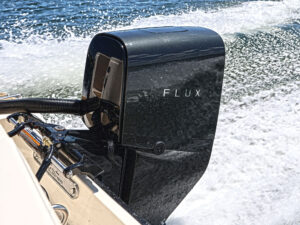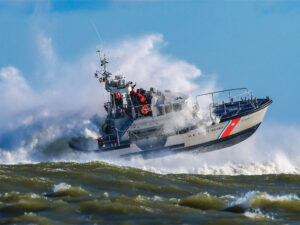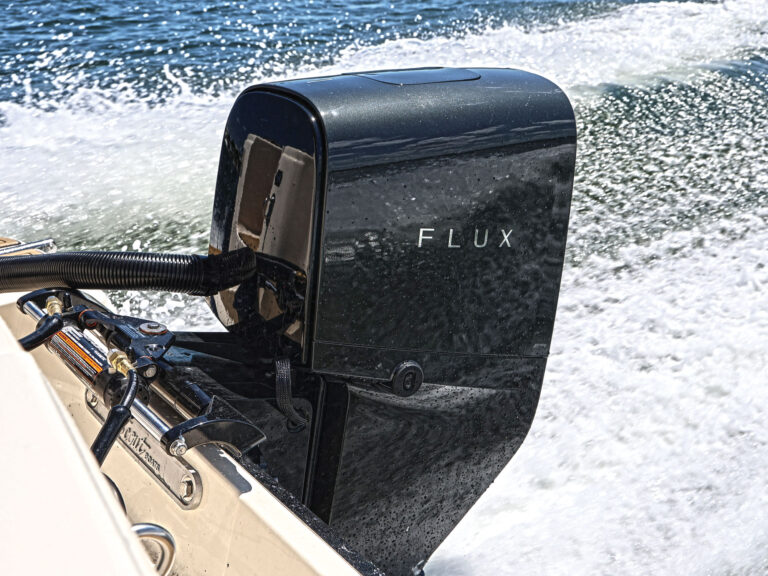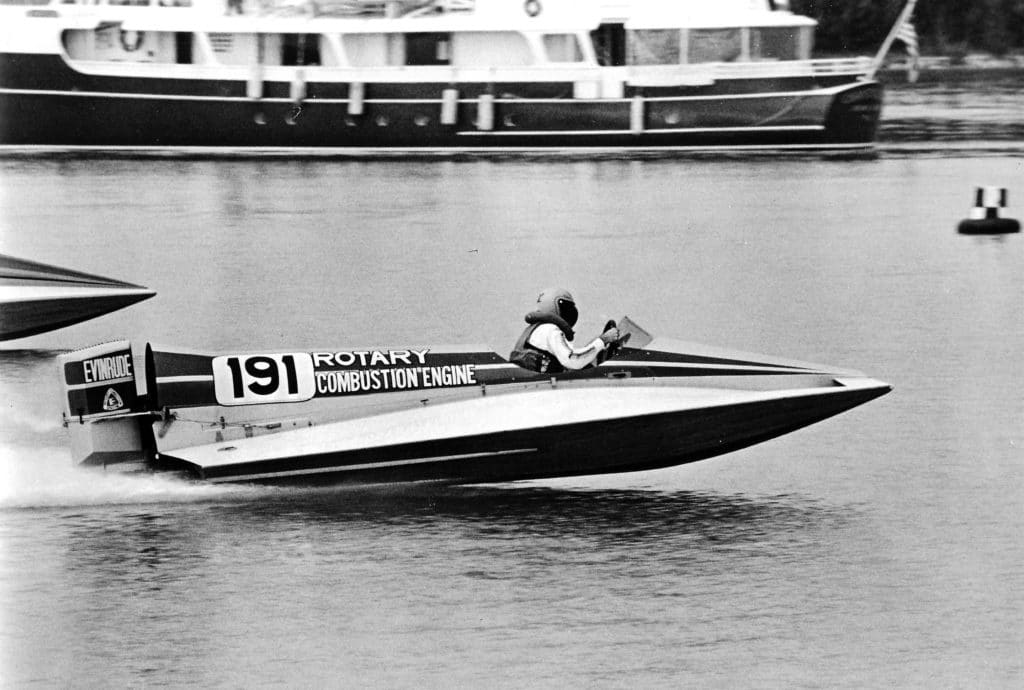
*WAUKEGAN, Illinois (February 23, 1973) – Culminating over nine years of continuing research and testing, Outboard Marine Corporation today introduced the world’s first rotary combustion-powered outboard engine ever developed in the United States. Scheduled for participation in the world’s outboard racing circuit this season, Outboard Marine’s new rotary-powered outboards are reported to be the most powerful outboard motors ever produced. The four-rotor outboard of two liters will power the company’s Evinrude Motor Division racing rigs, such as the boat shown here. The new rotary combustion outboards were unveiled to the marine industry and business press editors at a special product demonstration today at Miami Marine Stadium.
Outboard Marine officials revealed that research studies on the new RC racing engines will continue throughout the year’s racing competitions, and that the results achieved by the rotary racing models will be significant in determining the timing of adding rotary-powered engines to the company’s consumer lines of Evinrude outboard motors.
Jimbo McConnell, ace Evinrude driver in boat #191, pilots the new Evinrude experimental rotary combustion racing engine during the engine’s unveiling at Miami Marine Stadium. In the background, the 118-foot yacht Chanticleer, owned by OMC Chairman Ralph Evinrude, rests in mooring. The Evinrude RC, sometimes termed a “Wankle” engine, will enter its first competition, March 4 at the Parker Nine Hour Enduro.*
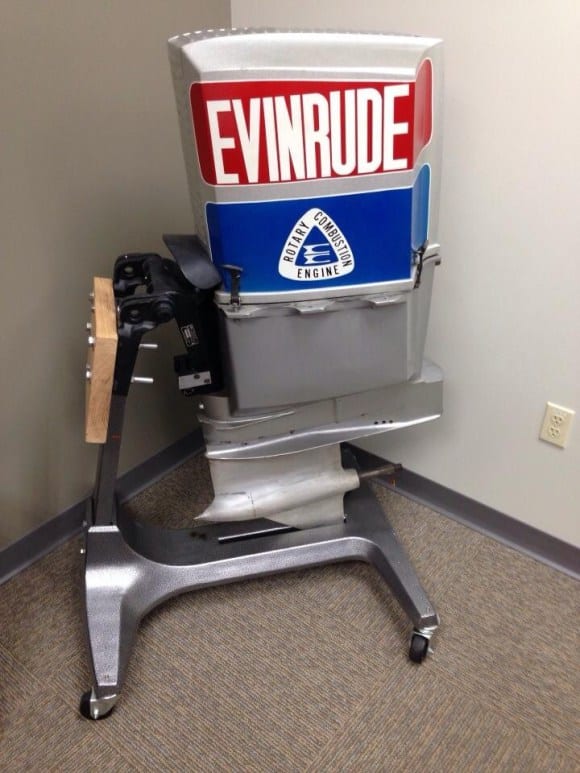
From my “what might have been” file is this media release touting the new OMC rotary combustion (RC) racing outboard. When I started working at OMC in 1983 there were still people lamenting the demise of an effort to bring a production RC outboard to market, or to further develop the RC racing engines.
I called Rick Davis, president of Seven Marine, for a little background on rotary development at OMC. Davis started his career in Waukegan a few years after the RC engine debuted. In 1972 OMC also introduced an air-cooled 35-hp 528cc rotary engine for its Evinrude and Johnson snowmobiles, and that engine staying in production for a number of years. Davis recalls that the RC outboard project started after the snowmobile engine was developed. The idea was that a production rotary outboard could be modular, with the rotors stacked to add displacement. There was a single-rotor engine that made about 50 horsepower, and a twin-rotor version that made about 90, Davis recalls.
“The single didn’t work because it had so many degrees of compression it would wind up on its mounts and then release,” said Davis. “You couldn’t hold the tiller it shook so hard. But the twin rotor 90 was very smooth, and fuel economy was a little better than a two-stroke piston engine.”
McConnell did not win the 1973 Parker Enduro; his motor failed on the second lap. But he led the first lap and was super fast. According to this Screamandfly.com blog post by former OMC engineer John Sheldon (which has tremendous technical detail and highlights the white-hot rivalry between Mercury and OMC at the time), the motor produced 265 hp at 7,000 rpm. After more development the Evinrude and its Johnson stable-mate had some racing success in other tunnel-boat series in the U.S. and Europe but did not race after 1975. The OMC rotary appeared at a time when there was great interest in the RC engine concept. Mazda began importing its RC-powered cars to the U.S. in 1973, the same year that General Motors created a Corvette concept car with a four-rotor RC engine. Suzuki offered the RE5 rotary-powered motorcycle in 1974, and Sachs and OMC were selling thousands of RC snowmobile engines. The Mazda rotary produced high hydrocarbon emissions and the associated poor fuel economy, a combination that doomed its future when the first fuel crisis struck and new emissions regulations added cost to the engine.
There were no emissions regulations on outboards, however. So why didn’t OMC ever produce a production rotary motor? Davis thinks a combination of high production cost and cultural resistance at OMC put the rotary on the shelf.
“The rotary 90 was so good the thought was that it would make all of the two-stroke piston outboards look bad,” said Davis. “But OMC was not in a position to simply convert its entire outboard line to rotary power. And the consumer was happy with the piston outboards. The market wasn’t asking for anything better.”

